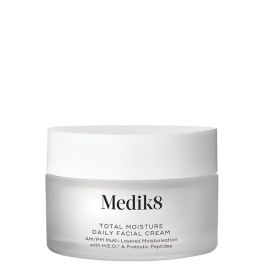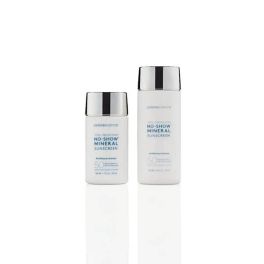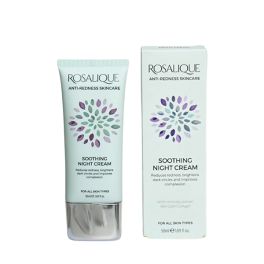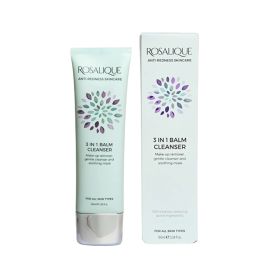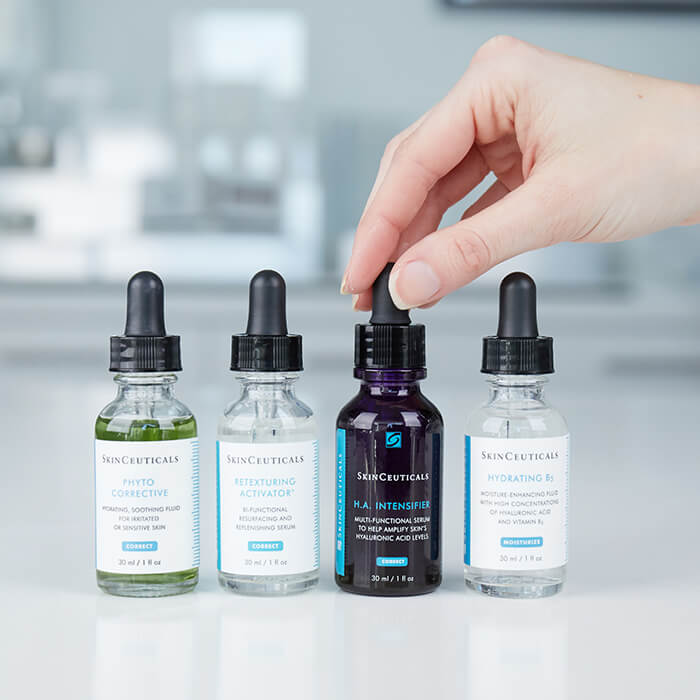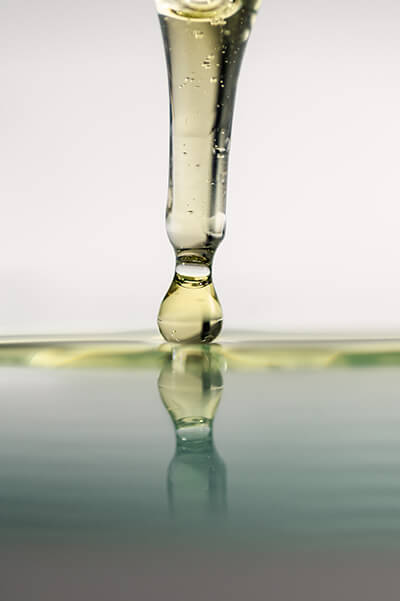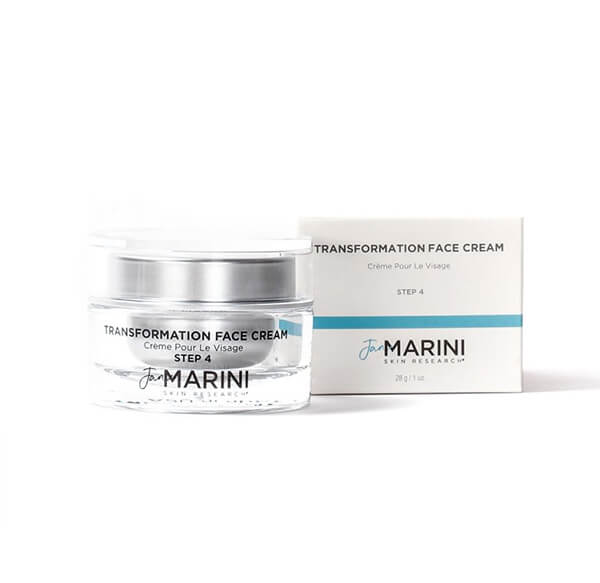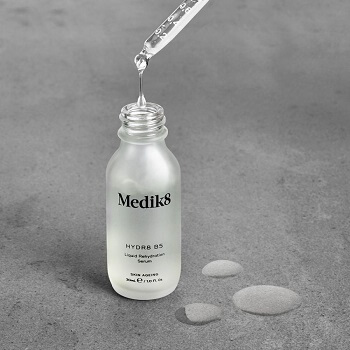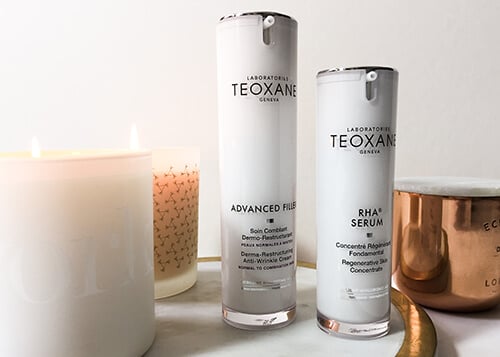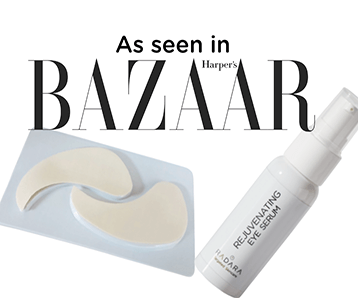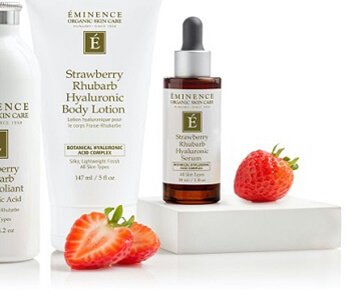Squalane Vs. Hyaluronic Acid: What Is The Difference? Posted on 17 Oct 2022
Your skin cells naturally moisturise themselves with their own clever in-built system, however, as we get older, this system starts to slow down and we need to start to intervene with moisturisers applied topically for extra necessary replenishment and skin hydration.
Two of the most common topical ingredients used by skincare companies that you will find on an inci list to add skin moisture and create more hydrated skin are squalane and hyaluronic acid. But, what is the difference between them, and most importantly, which one is right for you and your skin?
Squalene Vs. Squalane
Before we begin, just to make things a little more complicated, we need to clear up some things.
At first glance, squalene and squalane may appear the same. However, of course, they aren't. Squalene (with an "e") is a lipid that occurs naturally within our body and is produced by the sebaceous glands. Squalene makes up around 10-12% of your skin's oil. The normal function of sebaceous glands is to produce and secrete sebum in order to protect and hydrate the skin. Human sebum consists of squalene but also contains esters of glycerol, wax, cholesterol, and fatty acids. Peak production of squalene happens during our teenage years, with production slowing down in your 20s or 30s. As a result, your skin becomes drier and rougher.
Squalene is naturally sourced from vegetable oils, or occasionally from shark liver oil. Although, in most cases, squalene is sourced from plants such as rice, bran, and olives making it a sustainable skincare ingredient and vegan-friendly.
However, as wonderful as it is, squalene cannot be used in skincare formulas due to stability issues and extremely short shelf life. Instead, it must be hydrogenated into squalane (with an "a"). Squalane is a stable form of the molecule and is safe to use topically for longer.
Hydrogenation is the process of converting squalene from an unsaturated oil to a saturated oil (squalane). Hydrogenation makes the oil more skin-friendly and helps increase its shelf life.
What Is Squalane?
So, what actually is squalane? Full of antioxidant properties, squalane is a highly effective emollient that mimics the skin's natural sebum production and locks in moisture. Due to this ability, it can help to slow down the aging process to reduce skin wrinkles, general skin aging, and dry skin. As your body produces less and less squalene, dry skin and dry hair can become a normal occurrence.
Humectants = Pulls water to the skin's surface (lightweight textures like hyaluronic acid, glycerin, and aloe vera)
Emollient = Restores the skin barrier to soften skin texture (moisturisers)
Occlusives = Creates a barrier over the skin's surface to trap moisture (oils, waxes, silicones)
Squalane can be used all over the body, even including your hair! Squalane is an excellent ingredient for treating eczema too due to its anti-inflammatory properties and its ability to improve the skin barrier. This is because eczema flare-ups occur due to a lack of fatty acids, oils, and a damaged skin barrier.
Benefits Of Squalane
-
Works like the skin’s own sebum to prevent moisture loss and restore suppleness
-
Helps neutralise damage caused by UV light
-
Helps protect against lipid peroxidation which can damage pores
-
Feels lightweight and non-greasy
-
Can be sustainably sourced from plants when used in skincare (vegan)
-
It is unlikely to irritate skin or trigger an allergic reaction
Which Products Contain Squalane?
Jan Marini Transformation Face Cream - A superb moisturising base also containing growth factors, peptides, hyaluronic acid, and beta glucan
Eminence Organic Coconut Age Corrective Moisturiser - An ultra-rich organic cream also containing a natural retinol alternative and stem cells to instantly tighten and firm the skin
Eneomey Repair Cream - A skin repair cream to calm and nourish sensitive skin, reduce redness, and aid in the regeneration
PCA Skin Silkcoat Balm - Infused with hydrolyzed silk, antioxidants, and jojoba seed oil; it is ideal for skin susceptible to harsh or cold climates
Can I Find Squalane In Anything Else?
Yes! You can find squalane in other products like lip balms, eye creams, sunscreens, makeup, and even retinol (which is great to aid in reducing retinol irritation and dryness).
Lip balm: Medik8 Mutiny Lip Balm
Eye cream: CLINICCARE HYAL+ Lip & Eye Renewal Cream
Blusher: Colorescience Sunforgettable Total Protection Colour Balm SPF 50
Retinol: PCA Skin Intensive Age Refining Treatment: 0.5% Pure Retinol Night
Sunscreen: Colorescience Sunforgettable Total Protection Sport Stick SPF 50
What Is Hyaluronic Acid?
Sometimes referred to as sodium hyaluronate; hyaluronic acid is a gooey, slippery fluid that is naturally created by our bodies for maintaining skin hydration and acts as a cushion for our connective tissue and other joints. As with everything, our own supply of hyaluronic acid starts to deplete and diminish with age and we need to replace it topically with a hyaluronic acid serum or product(s) containing hyaluronic acid.
Different forms of hyaluronic acid are used for skin care purposes, this is usually low or high molecule weight. A high molecule is best for increasing skin hydration instantly and its surface whereas a low molecule has smaller molecules and can therefore penetrate the deeper layers of the skin. It is ideal to have a hyaluronic acid serum with mixed weights included if possible for best results.
A few drops of hyaluronic acid on damp skin twice a day will hydrate skin and increase moisture.
Benefits Of Hyaluronic Acid
-
Speed up wound healing
-
Holds up to 1000 times its weight in water to aid in drawing moisture to the skin's surface
-
Relieves joint pain by keeping bones well lubricated
-
Visibly makes the skin plumper and firmer, but also visibly reduces wrinkles
-
Adds moisture to dry and dehydrated skin types
-
It can also help to improve skin tone and texture
Which Products Contain Hyaluronic Acid?
A hyaluronic acid product is much easier to track down compared to squalane as it's usually listed in the product name or somewhere on the packaging.
SkinCeuticals Hydrating B5 - A non-greasy, oil-free lightweight gel suitable for all skin types
Medik8 Hydr8 B5 Intense - An upgrade from the original Medik8 Hydr8 B5, the ultimate antidote for parched, dry skin
TEOXANE RHA Serum - TEOXANE’s Resilient Hyaluronic Acid (RHA) is uniquely formulated to provide a hydrating layer to the surface of the skin, unlike traditional hyaluronic acid. It moisturises and tightens the skin while acting as a matrix, rich in ingredients that are gradually released for a targeted response to the visible signs of ageing
CLINICCARE LMWHA+ - A low molecule weight hyaluronic acid gel to offer 24-hour hydration
Does Hyaluronic Acid Have Any Side Effects? Is Hyaluronic Acid Safe To Use?
Yes, hyaluronic acid is completely safe to use. Research and many clinical trials have shown that incorporating hyaluronic acid into our skincare routine is effective and safe to use, even on the most sensitive skin. Hyaluronic acid is a natural substance within our own skin cells that can be found in the skin, joints, and even the eyes.
Injectable hyaluronic acid, hyaluronic acid eye drops, and hyaluronic acid supplements have also been found to be highly effective in pain relief for other health conditions like acid reflux, reducing joint pain (knee osteoarthritis), bladder pain, relieve dry eye symptoms, and boost hydration across the whole body.
Allergic reactions and adverse reactions or adverse effects are highly unlikely.
Is Squalane Or Hyaluronic Acid Better?
Neither squalane nor hyaluronic acid is a better skincare ingredient as they have completely different properties despite providing similar end results on the skin. Hyaluronic acid is a humectant and increases the skin's water content, while squalane is an emollient, and seals in the moisture. Therefore, using the two in conjunction with each other is a fantastic way to really fulfill your skin's hydration. Layer your hyaluronic acid product on first then seal in the extra hydration with your squalane product of choice.
If you need some further help then feel free to ask us for the best skincare tips and expert tips from our very own beauty experts! All the products featured above are available to purchase at Dermacare Direct with free tracked delivery via Royal Mail. We can help with our expert advice and top tips making your skincare shopping stress-free. You can contact us by live chat, email via [email protected], or pick up the phone now and call us on phone number 0116 251 4848 to speak directly with a friendly advisor.













